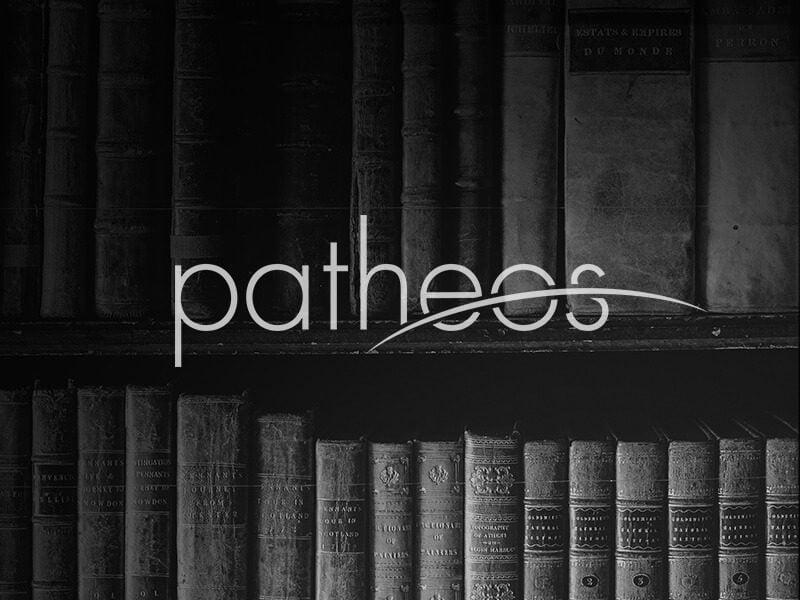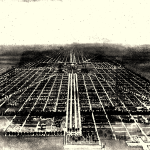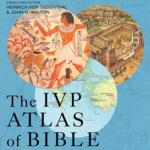I am glad Osama bin Laden is dead. He was an evil man. And I think the surgical method used to kill him is commendable. The Bible, especially Judges, endorses assassinations: Kill the head, and the body becomes powerless . Wars slaughter thousands, or hundreds of thousands of relatively innocent young men, always on both sides. War is costly, especially in human terms. Better to destroy war-mongers who start wars. That said, my enthusiasm for this operation is tempered by... Read more















